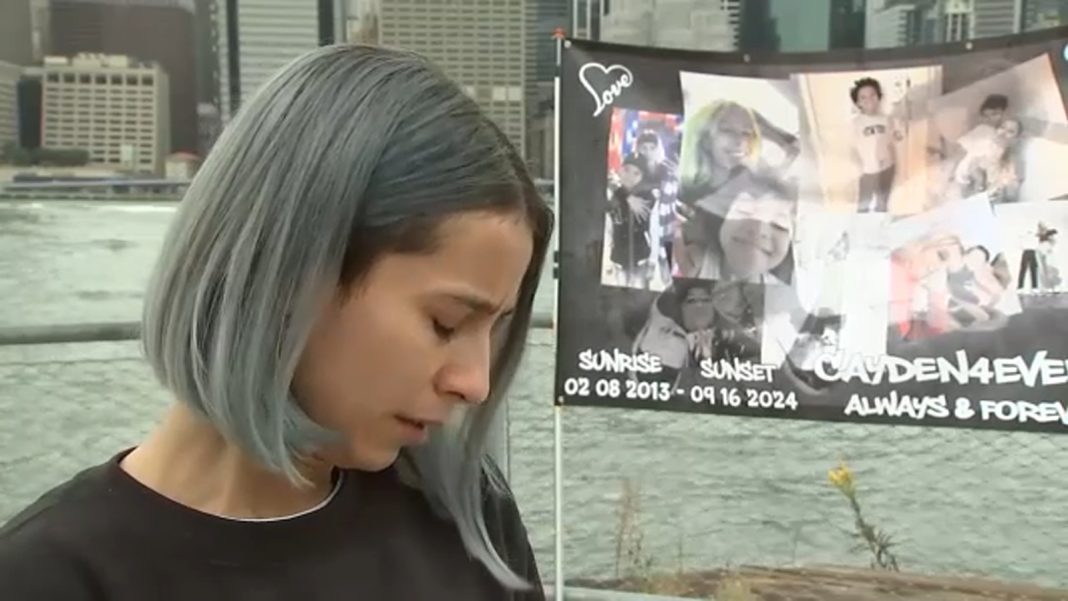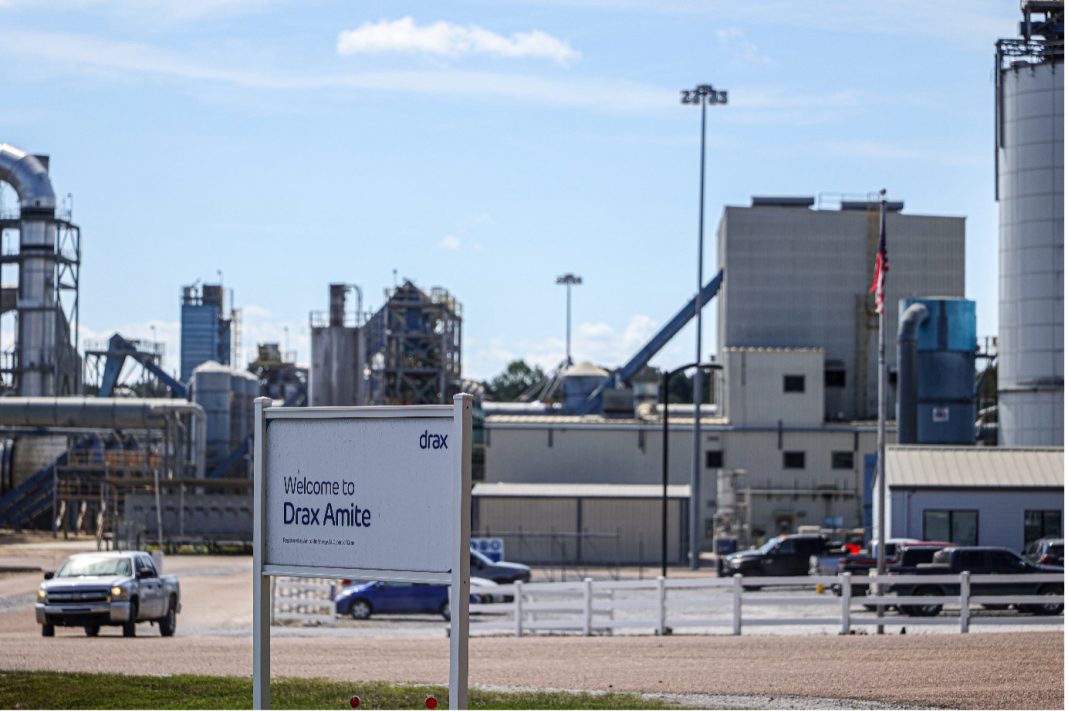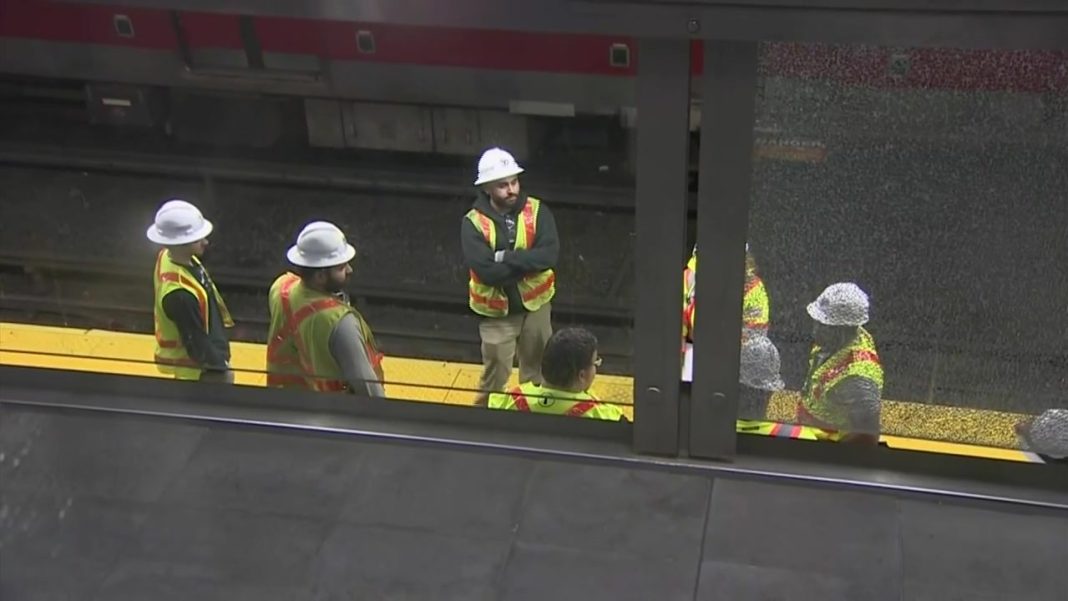In the heart of Brooklyn, a gathering took place at Pier 3 on a somber Friday afternoon, bringing together family members and friends to honor the life of an eleven-year-old boy, Cayden Rivera, who tragically lost his life while subway surfing—a dangerous trend that has increasingly captivated the imaginations of young thrill-seekers. This heartbreaking incident, which occurred nearly two weeks prior, has ignited a wave of grief and outrage, particularly from Cayden’s mother, Jaida Rivera. In a poignant expression of her sorrow, she lamented, “It’s unbearable. How am I supposed to find peace? My boy is gone.”
Cayden’s journey that fateful day began when his grandmother dropped him off at Fort Greene Preparatory Academy at 7:45 a.m. According to reports, staff members observed him eating breakfast in the cafeteria, yet within half an hour, he was marked absent. The authorities later revealed that Cayden had ventured onto the roof of a G train, a perilous act that culminated in his fatal fall onto the tracks at the Fourth Avenue-Ninth Street station just after 10:00 a.m.
The deep-seated questions surrounding the event resonate with many. How did a child, entrusted to the care of school officials, slip through the cracks? “Where’s the security? Where’s the locked door? Where’s the staff? It doesn’t make sense,” Rivera expressed, reflecting a sentiment of profound frustration. Her desire for accountability is palpable, especially in a world where social media often glamorizes reckless behavior, exposing youth to dangerous trends like subway surfing.
This incident marks a grim milestone: Cayden is the fourth and youngest child to die from subway surfing this year alone. The Metropolitan Transportation Authority (MTA) has acknowledged the severity of the situation, stating they are collaborating with social media platforms to identify and remove posts that promote this hazardous activity. Interim NYC Transit President Demetrius Crichlow issued a statement emphasizing the inherent risks: “This tragedy is another heartbreaking reminder that riding outside trains is not a game. It should not take more loss of young lives for those who would climb on top of subway cars to comprehend the devastating risk.”
Despite these efforts, many, including Rivera’s attorney, Rikki Davidoff, argue that these measures are insufficient. “It’s terrible that the New York City transit authority is not doing a better job of policing subway surfing,” Davidoff stated, highlighting a critical gap in the system. The attorney emphasized the need for improved communication among transit staff to ensure trains slow down upon spotting surfers—a proactive approach that could potentially save lives.
As the Rivera family grapples with their unimaginable loss, they are also taking steps to file a lawsuit against the MTA and the Board of Education. Their aim is not only to seek justice for Cayden but also to foster a dialogue about the responsibilities of both educational institutions and transit authorities in safeguarding our youth.
This tragic event raises essential questions about the role of schools in monitoring and guiding their students, particularly in an age where the allure of social media can often overshadow sound judgment. Experts in child psychology warn that the influence of peer pressure and the desire for social validation can lead to risky behaviors, particularly among adolescents. A recent study published in the Journal of Adolescent Health found that teens who frequently engage with social media are more likely to participate in dangerous activities, driven by the fear of missing out (FOMO) and the need for approval from their peers.
As the community mourns, it is clear that a collective effort is needed to address these issues head-on. The tragic loss of Cayden Rivera serves as a stark reminder of the fragility of youth and the urgent need for comprehensive strategies to protect children from the allure of dangerous trends. Moving forward, it is imperative that parents, educators, and transit authorities collaborate to create a safer environment for our children, one that prioritizes their well-being over fleeting thrills.


